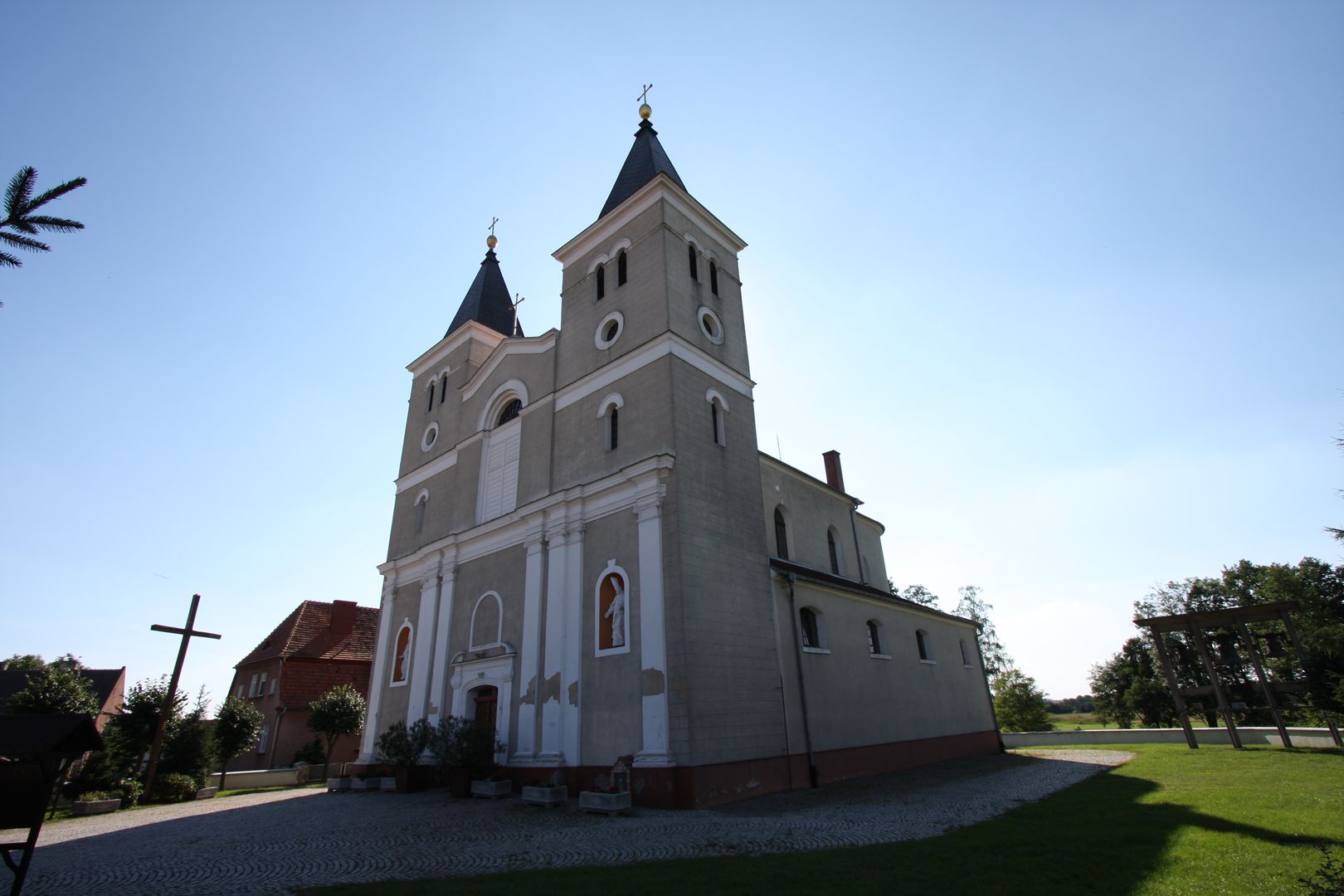Babimost
6.36

Overview
Babimost, located in western Poland in the Lubusz Voivodeship, has a rich history dating back to the Middle Ages. The town was founded in 1397 by King Władysław Jagiełło, and its name was first recorded in a Latin document from 1257. Over the centuries, Babimost was closely tied to Greater Poland and underwent various changes in governance, from princely ownership to monastic and noble rule. In the 15th century, the town gained the status of a royal center, with developed urban infrastructure, institutions, a marketplace, and trading privileges. The 17th century saw both prosperity and destruction, including fires and invasions during wars. The gathering of a Jewish community in Babimost in the 18th century reflects its cultural diversity, though their numbers declined in the 19th century, nearly disappearing after World War I. Babimost is home to several historical monuments, including the Parish Church of St. Lawrence from 1730, a 19th-century town hall, and a synagogue from the second half of the 19th century, preserved as an architectural curiosity. The town lies on a historical wine route, where vineyards were cultivated until the 20th century. Modern-day Babimost is a service center with small-scale industry and well-developed transportation infrastructure, including a bypass and the Zielona Góra-Babimost Airport. The town also has several sports clubs, including the football team LKS "Klon" Babimost and the floorball team UKS Fenomen Babimost. Today, Babimost maintains partnership cooperation with the German towns of Neuruppin and Döbern. An interesting fact is the existence of the ethnographic region of Babimojszczyzna, which preserves the folklore of Greater Poland through traditions, folk costumes, and songs.
Location
2025 Wizytor | All Rights Reserved